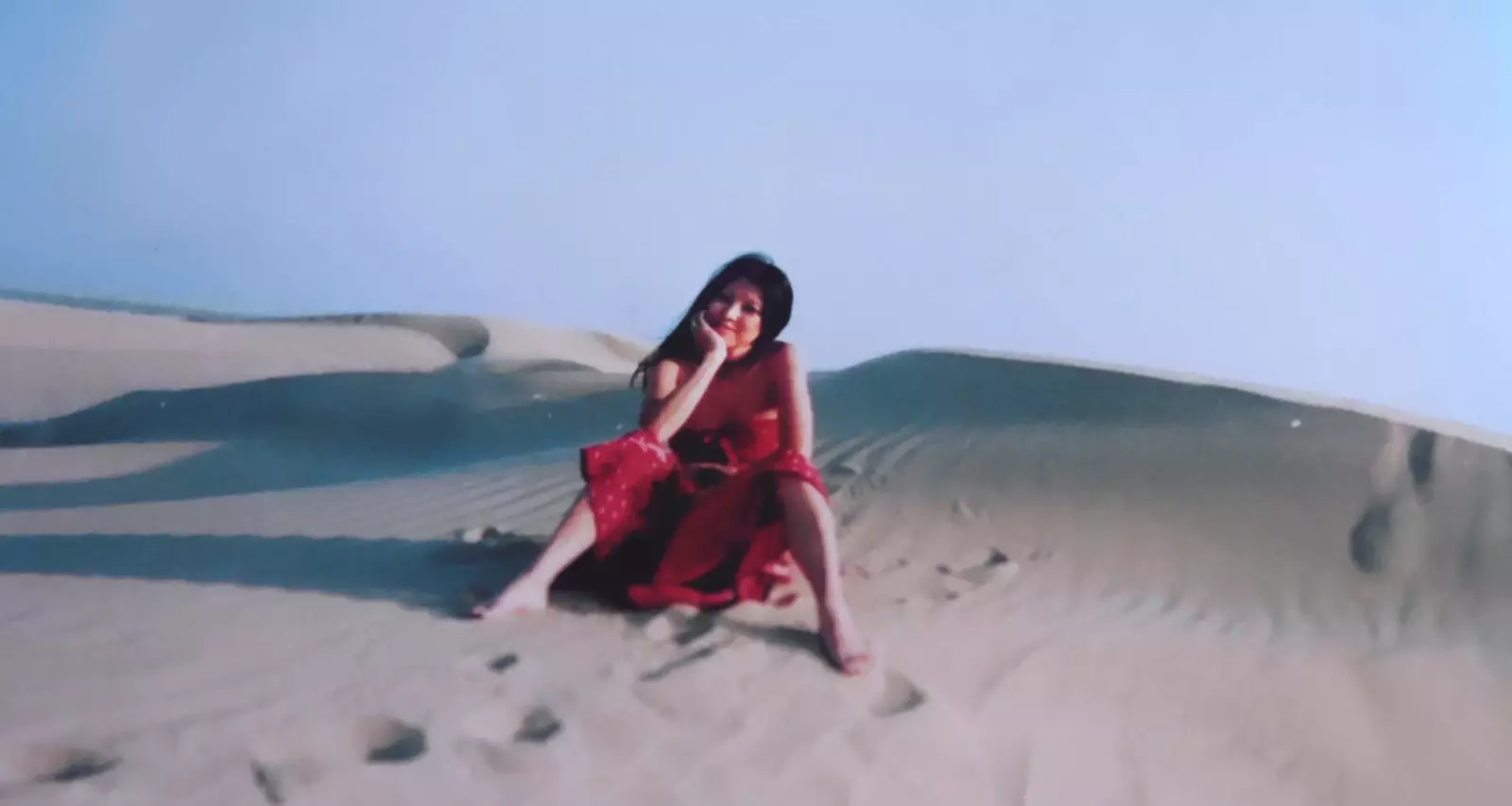
In Sahara he was happy.
In Playa del Hombre, in Gran Canaria, there is a small plaque that reads "Sanmao Corner". Here you can often see excited Chinese tourists taking photos. The countrymen took time to know and understand the meaning of that humble plaque. As much as it cost the manager of the cemetery of La Palma to know why these visitors from the eastern end of the planet arrived asking for the tomb of a certain José María, the man with the long beard, or Hexi, in the Chinese name of him.
“That sudden interest surprised everyone. Currently, a 'Sanmao Route' has already been built in Gran Canaria and La Palma. They also follow in his footsteps in Madrid”, they explain. Marta Arribas and Ana Perez de la Fuente, the directors of the documentary Sanmao: The bride of the desert, the portrait of this woman Sanmao, literary and feminist icon in China and Taiwan, practically unknown in Spain, not actually translated until less than 10 years ago.
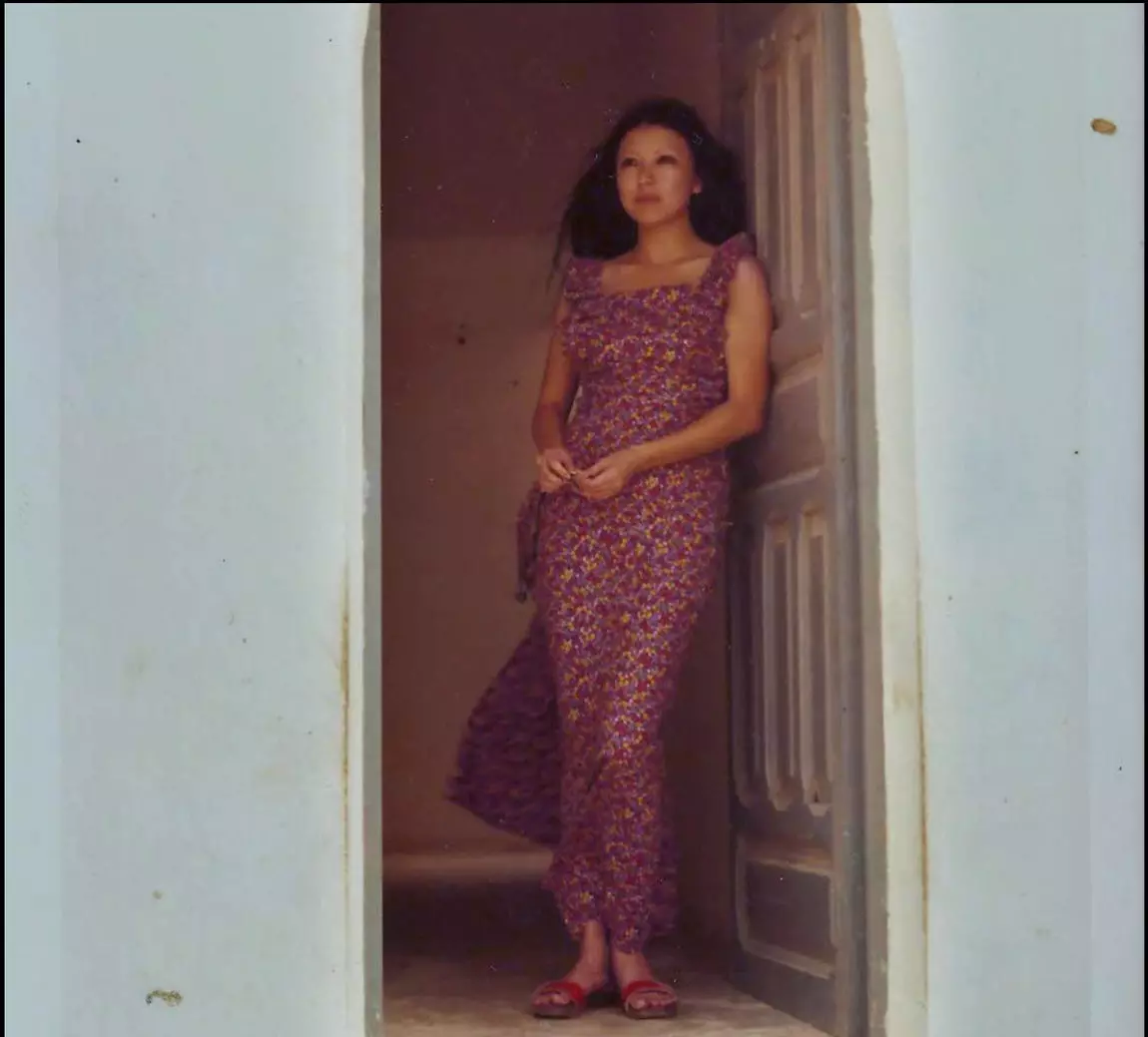
The queen of the desert, the bride of the Canary Islands.
Arribas and Pérez de la Fuente did not know anything about Sanmao either until a friend, Lorena Mena Quero, José María's niece, asked them one afternoon: "Shall I tell you the story of my uncle and his wife, the Chinese writer Sanmao?"
And then she began to reel a beautiful story of love, adventure and tragedy spanning from the 1940s to the 1990s. A true story that captivated us: that of the sophisticated young Chinese woman with a nomadic spirit and the honest and strong middle-class Spanish young man, a professional diver, who offers her the adventure of living in the desert”, they say. She showed them a beautiful photo of the two of them: “a smiling young couple dressed in caftans in the middle of the desert” that fascinated them and they decided to turn it into her next film, one that “nobody had told about and that was worth doing”. “Because in addition to living a beautiful love story, Sanmao was also a pioneer in the travel chronicle that traveled around the world, from Europe to Latin America, Asia or India with her fresh look and her original and direct style”, they explain.
The directors discovered Sanmao's work, precisely, through the first and almost only work of the writer translated into Spanish: Sahara Diaries, “chronicles of daily life in the desert with José María Quero that became an immediate success in Taiwan. In them he played with great humor the East-West cultural clash and they talked about life in the desert and their Saharawi neighbors”, they continue. Then they got to the Canary Newspapers, the stories of her life in the archipelago, where the couple moved after the Green March of the Sahara and where they lived until in a fateful accident, doing scuba diving, his passion and work, José María died. Sanmao then returned to Taipei and continued to travel around the world, alone.
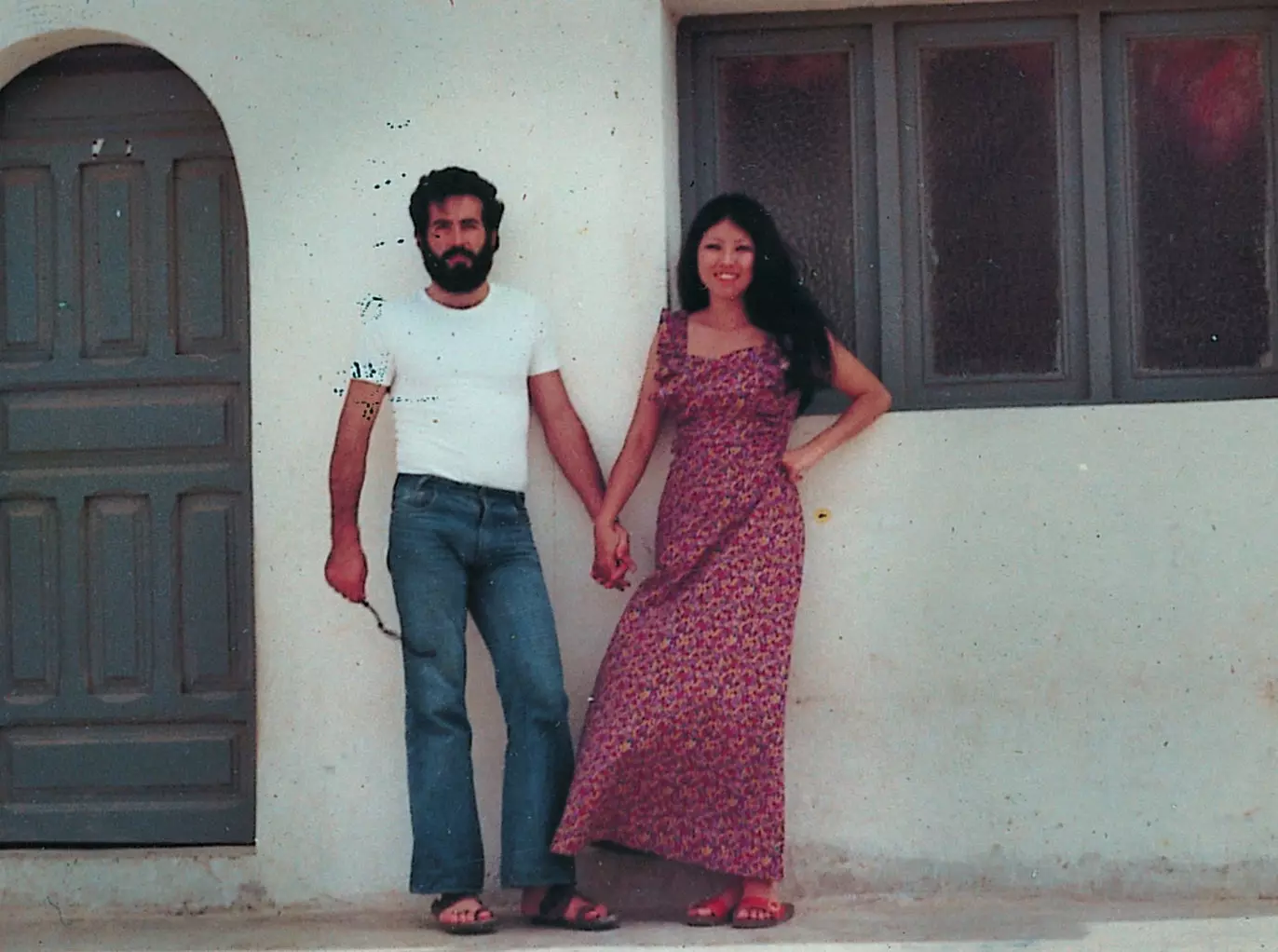
With José or Hexi, as Sanmao baptized him.
“Wandering is part of my life, I like to leave. I don't feel like I belong anywhere, I'm part of all places, but I don't feel like part of any of them. The more I travel, the more alone I feel." Sanmao wrote and Lucía Jiménez reads in voiceover in the documentary that has managed to tell her life from the testimonies of the writer's family (her brothers), the Quero family and common friends from her time in Spain, who knew her when he first came to Madrid to work in the first Chinese restaurant in the capital or that his neighbors were in his happiest time, in the desert, living in El Aaiún, in a house without number, where he began to cook typical recipes of the Chinese table with ingredients that her younger sister-in-law, Esther, sent her from Spain.
"Sanmao needed to travel, she considered herself a nomad, 'I like to leave,' she said," the directors explain. “That free spirit of hers also made her a female icon. She sanmao did what Chinese women couldn't, at a time when she wasn't even allowed to travel. Besides, marrying a handsome, bearded Spaniard seemed like a dream come true. It became** a window to an exotic and distant world** that made several generations dream”.
Sanmao's stories are not completely autobiographical, they are a kind of autofiction that circulated clandestinely in Taiwan and China for a time until reaching free popularity that exploded in the 1980s with the return of the author. She described Spain with such exoticism, she spoke of her love with such emotion that they came to think that José María was not real. The conspiracies and theories around the figure of Sanmao there have been so many that they persecuted her until her tragic death (suicide or cancer, there was even talk of murder).
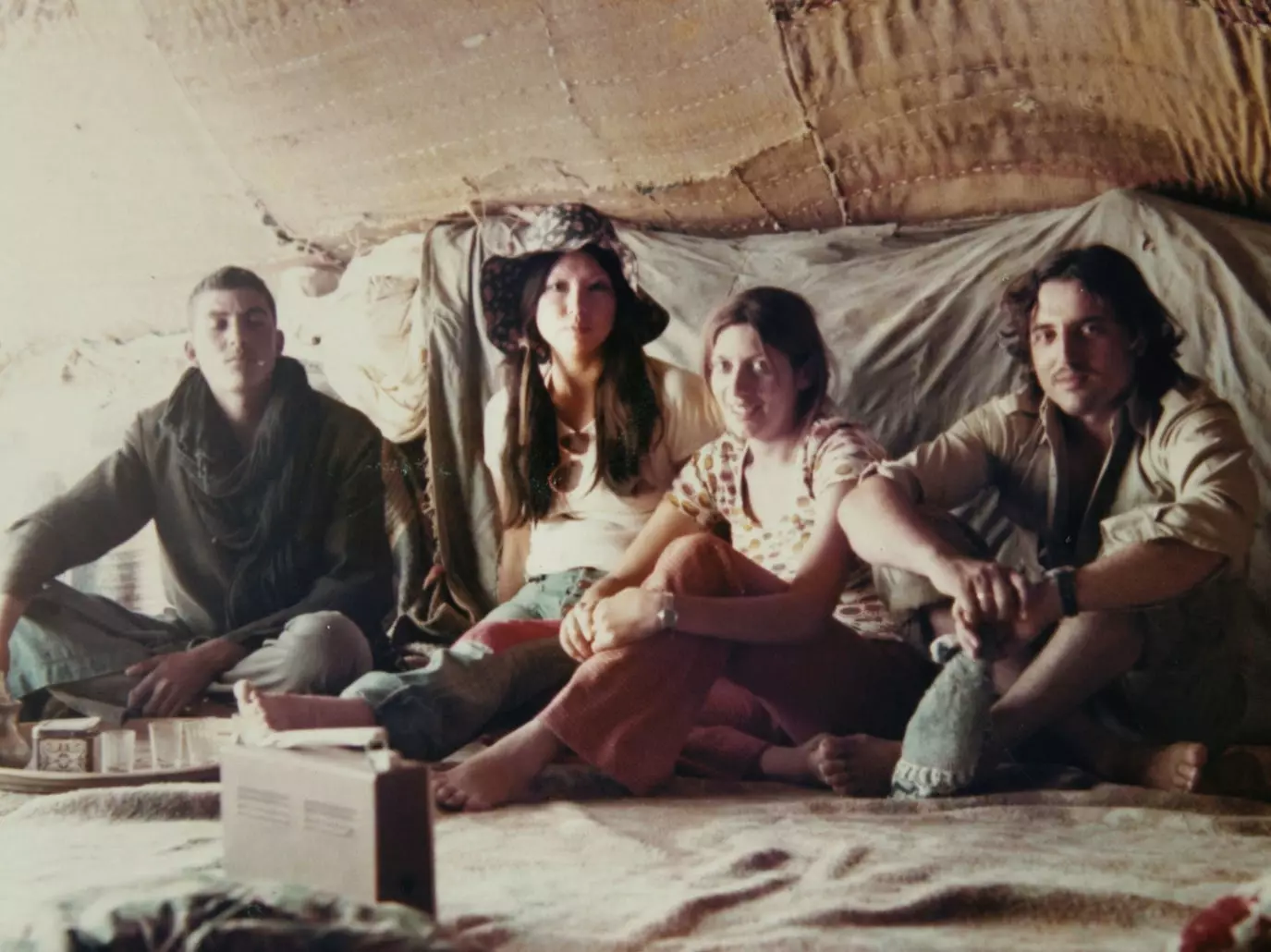
On his first visit to the desert.
Her unhinged fame and her depressive character didn't help her. Her travels were her only escape from herself and from the world. "Only when she traveled far and freely did she feel that she was alive," she wrote. And reading it, many women in her home country felt that melancholy freedom. How nice to finally know more about her here too and share her love for her life. “Sanmao was an indomitable and sensitive woman, full of light but also of shadows, very complex”, say Marta and Ana. “And with a halo of mystery. She was fascinating to us, too. that bridge between East and West that she built with José María, unbeknownst to him, a symbol of romantic love on the other side of the world.”
Discovering her figure, her literature and her legacy also reveals a woman who was “capable of changing the mentality of a generation of women and feed the desire to open up to the world and travel”.
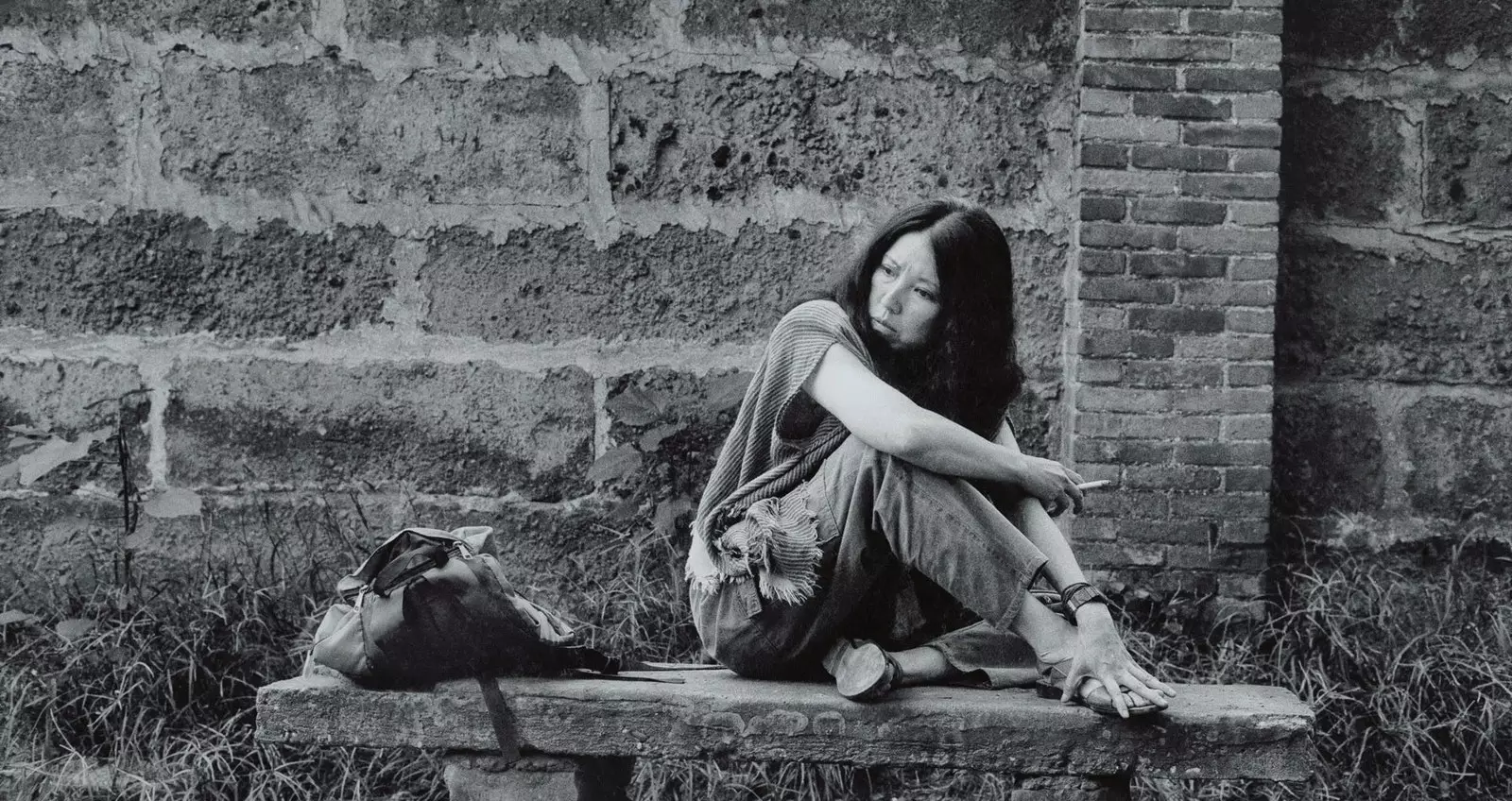
A restless spirit, an indomitable soul.
